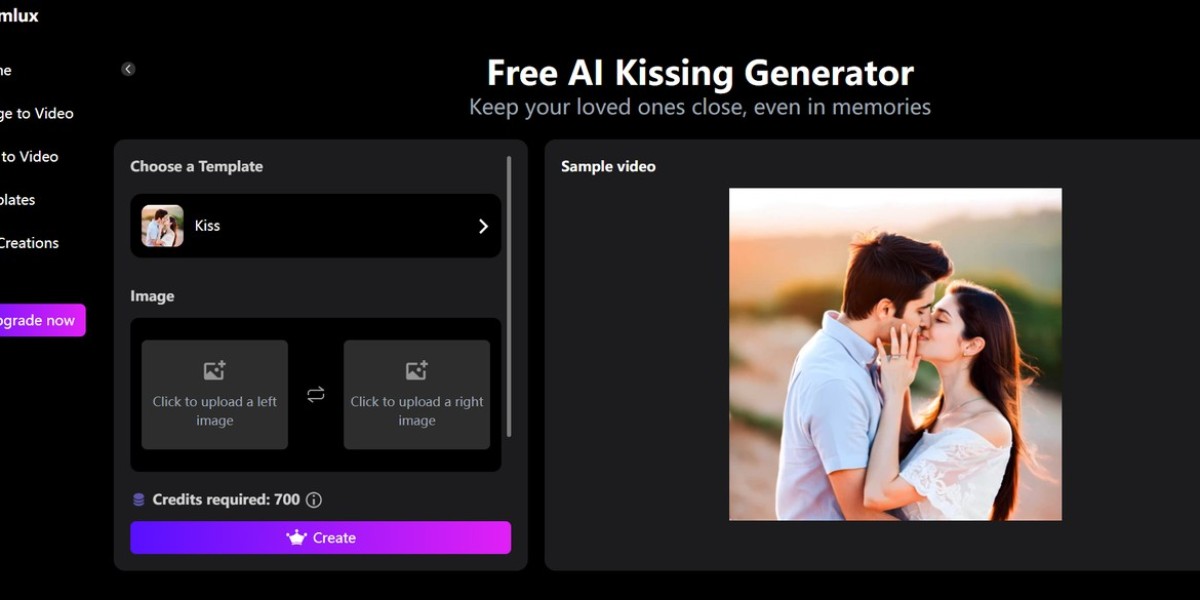Cybersecurity leader F-Secure has shed light on the susceptibility of AI-based recommendation systems to manipulation. These systems, particularly during major elections, face scrutiny due to potential biases that could lead to electoral interference. However, the everyday recommendations these algorithms provide hold just as much significance.
Matti Aksela, VP of Artificial Intelligence at F-Secure, emphasized the need for safeguarding AI against misuse:
“As our reliance on AI expands, understanding how to protect it from abuse is crucial. These systems, which power increasingly vital services, necessitate insights into their security strengths and weaknesses to ensure trustworthiness. Secure AI lays the groundwork for trustworthy AI.”
Disinformation campaigns, such as those initiated by Russia's notorious "troll farms," have disseminated harmful misconceptions regarding COVID-19 vaccines, immigration, and other high-profile topics.
Andy Patel, a researcher at F-Secure’s Artificial Intelligence Center of Excellence, explained:
“Social media platforms like Twitter have become arenas where diverse narratives compete. This includes organic discussions and ads, as well as deliberate misinformation aimed at undermining trust in credible information. Examining the manipulation of AI highlights its limitations and guides improvements.”
The demand for credible information is unprecedented. While skepticism is healthy, a growing number of people either doubt everything or believe indiscriminately—both of which pose significant issues.
Data from a PEW Research Center survey in late 2020 reveals that 53 percent of Americans acquire news from social media. For younger individuals, aged 18-29, social media is often the primary news source.
While no outlet is infallible, historical credibility remains vital. Tools like NewsGuard assist users in assessing this, but mainstream media typically bear more reliability than an arbitrary social media user, whose identity may be uncertain.
In 2018, research discovered that misleading Twitter posts have a 70 percent higher chance of being reshared. Such rapid redistribution underscores the swift propagation of disinformation, with platforms like Facebook now prompting users to verify information accuracy before sharing, at least for some topics like COVID-19 vaccines.
Patel trained collaborative filtering models on Twitter data to investigate these manipulations. Testing with “poisoned” datasets, he demonstrated how even minor tweaks could skew recommendation engines toward promoting accounts associated with manipulated retweets.
“Through testing simplified models, we gained insights into potential real-world attacks,” Patel noted. “Social media platforms might already be encountering attacks similar to those in our study, though they only perceive outcomes—not the underlying processes.”
Patel’s research and associated resources are accessible on GitHub.
(Photo by Charles Deluvio on Unsplash)
In this era of rapid technological progress, the role of AI in media continues to grow. By bridging our understanding of AI vulnerabilities with innovative media applications, such as an ai kiss experience, we can navigate its dual role as both a tool and a target.
The Future of AI in Video Content Creation
In today’s digital world, videos are king. Whether you're a marketer, influencer, or simply someone who enjoys telling visual stories, high-quality video content is key to engagement. However, the traditional video production process is time-consuming, resource-heavy, and often requires professional skills.
That’s where AI steps in. AI video generators have revolutionized content creation—enabling users to transform simple prompts or images into studio-quality videos within minutes. From platforms like Dreamlux, which allow users to create watermark-free videos from images, to advanced tools that generate animations, voiceovers, and transitions automatically—AI is making video creation accessible to all.
But what if you could take it a step further?
Enter the World of AI Kissing Generators
Among the many innovations in AI-driven video creation, AI Kissing Generators stand out as a fascinating, niche development. These tools use advanced generative algorithms to simulate intimate, romantic moments—like a kiss—between characters, often based on user-provided images or text prompts.
Whether used for romantic storytelling, game development, animation projects, or even meme content, AI kissing generators push the boundaries of creative expression. Imagine turning a static image of two characters into a soft, cinematic kissing scene with just a few clicks—powered entirely by AI.
From saving time to unlocking new storytelling dimensions, AI continues to shape the future of video content—one frame at a time.
How to use Dreamlux to generate AI Kissing Video?
Follow the steps to use the AI kissing video generator at Dreamlux.ai:
- Go to Dreamlux.ai and select "Templates"
- Select "Free AI Kissing Generator"
- Upload two images of the people you want to generate an AI Kissing Video for — one on the left and one on the right.
- Click "Create" and let our AI Kissing Video Generator work its magic.








